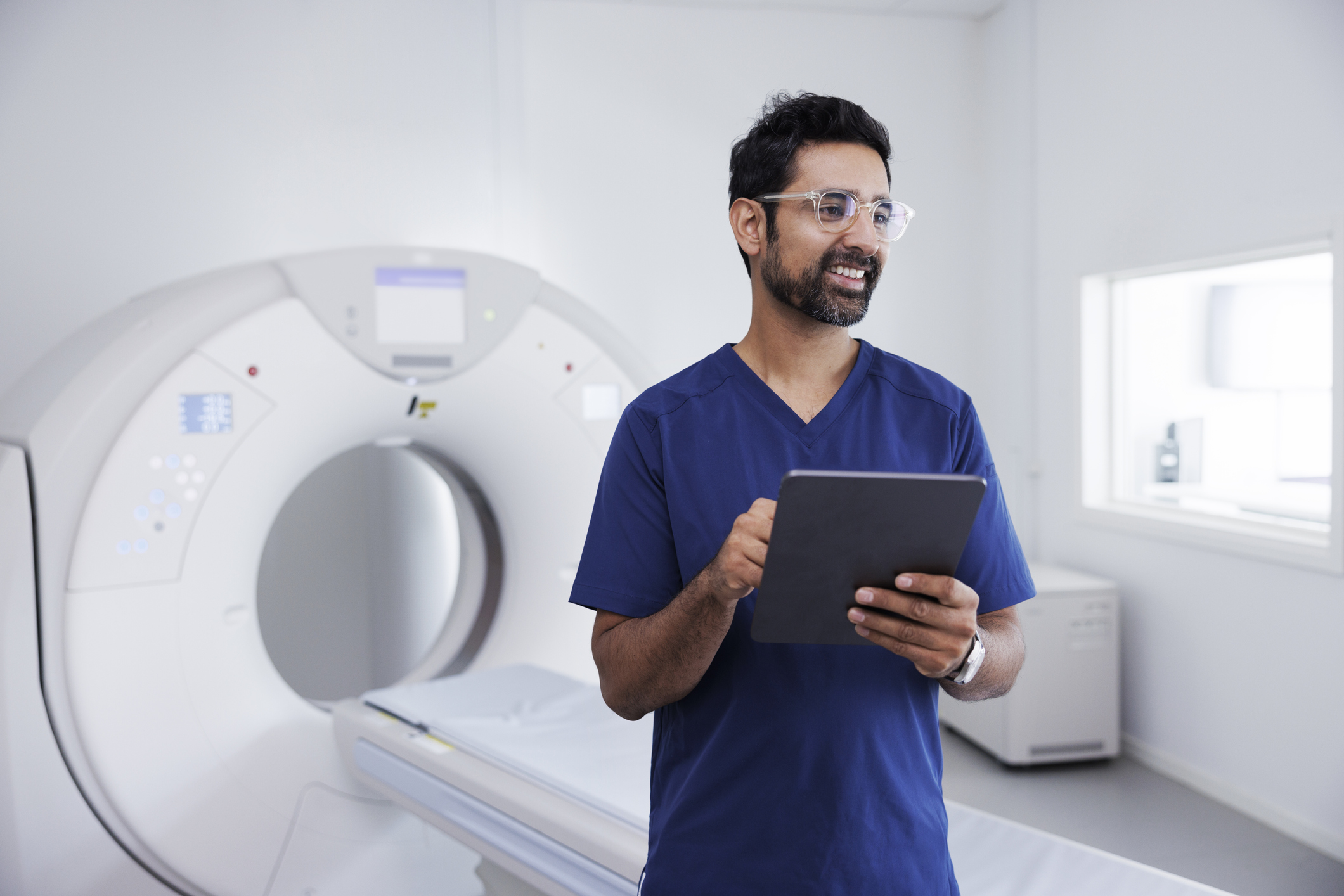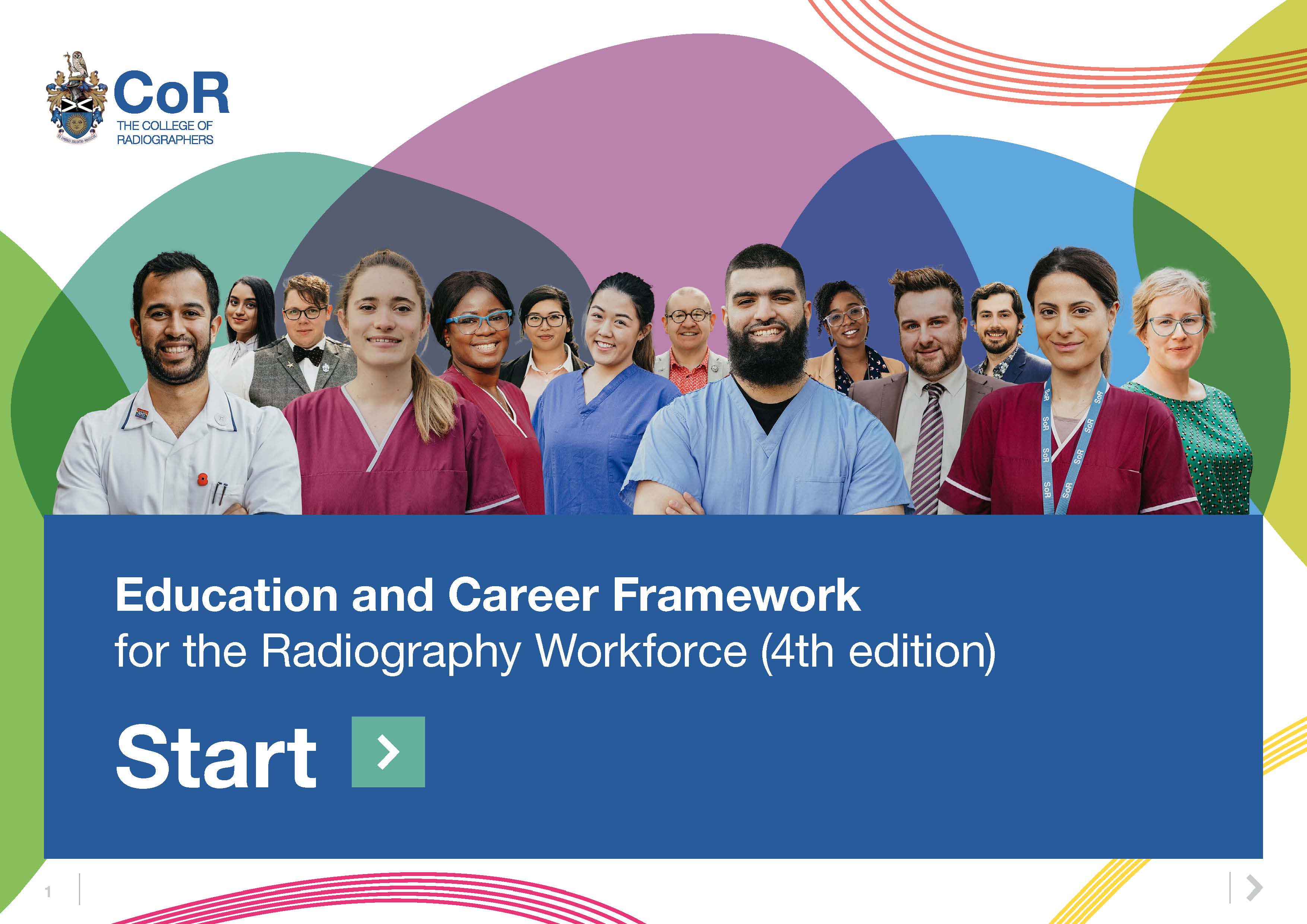In this section
In This Section

Introduction
As you make your way back into the profession, in the short term, you will probably be competing for jobs with newly qualified radiographers.
While this might seem like a daunting prospect, remember you have a lot to offer.
Returning radiographers very often bring other unique skills and qualities into a department. You may have gained experience in a different working environment, i.e. in paid employment, as a volunteer or during a career break, perhaps to look after children. You will return with the skills gained through your experience.
Returning radiographers tend to have a maturity which is valuable in the workforce and, once back in employment, they tend to stay and be a valuable and flexible member of staff.
When completing applications, you will need to stress that you have these very useful transferable skills; communication, management, logistical skills which come with a certain maturity and life experience. Emphasise all the extra knowledge and skills that you would offer the imaging or radiotherapy department and most importantly, do not put yourself down.
Career planning
When returning to practice, reviewing up to date guidance will give you good knowledge of relevant professional topics and best practice. The following recent guidance documents, will be helpful when planning your career and your pathway back into practice:
- Education and Career Framework for the Radiography Workforce (Fourth Edition)
- Current and future roles of diagnostic radiographers
The ECF
The College of Radiographers (CoR) Education and Career Framework (ECF) (fourth edition) provides guidance for the education and career development of the radiography profession.
The ECF defines the various levels of radiography practice and the educational standards related to each of them. The framework informs the CoR’s pre- and post-registration programme approval process. It also informs the accreditation of individual members of the radiography workforce through the CoR accreditation schemes.
Importantly, the goal of the ECF is to support improved outcomes for patients through the education and development of the radiography workforce. The involvement of representatives from the CoR Patient Advisory Group (PAG) in this research has been important to ensure the framework is patient-centred.
Please note: For the best viewing experience, please download the document to a desktop and then open in Acrobat (or equivalent). As an interactive pdf, some of the functionality will not work fully when opened in a browser.
Diagnostic current and future roles
For those working within the diagnostic radiography discipline, the current and future roles of diagnostic radiographers guidance covers current and anticipated career pathways.
Diagnostic radiographers provide a range of types of diagnostic imaging to enable screening services, imaging for the diagnoses of diseases and trauma and to facilitate treatments that include curative, palliative, ongoing imaging surveillance, end of life interventions and care and forensic investigations.
This document outlines some of the current and anticipated future roles of diagnostic radiographers in the health and social care system along with a short overview of the teams they work with, their provision of person-centred care, and the professional requirements that they meet.
Job hunting

When looking for the right role as a returnee, make sure you consider both the public and private sector. The following jobs boards, are a good places to start:

